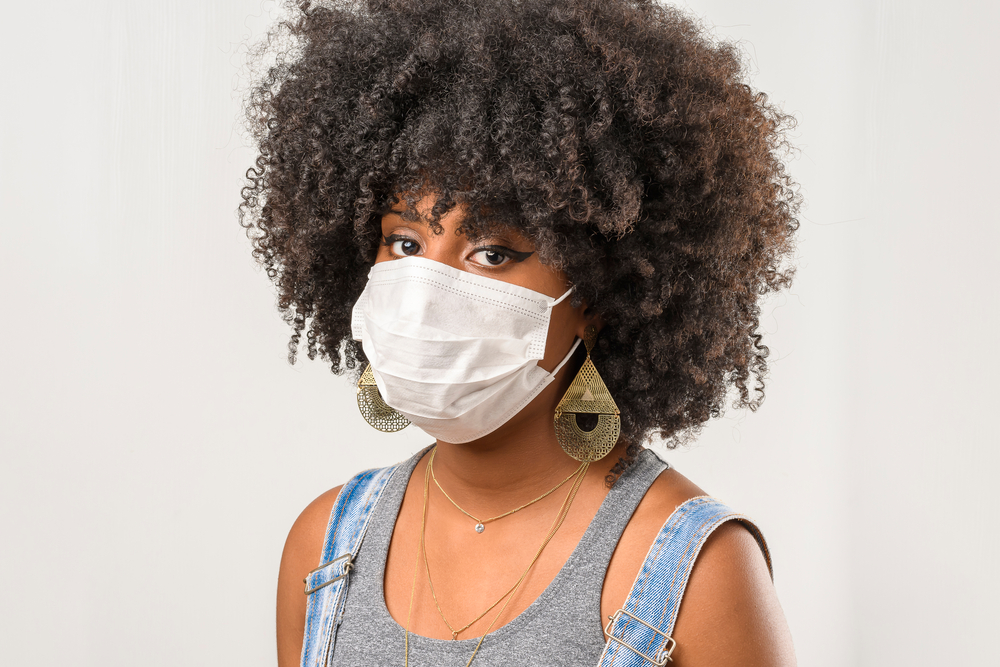Five Things You Need to Keep in Mind Before and After a COVID-19 Vaccine Is Released

It isn’t news that we want a vaccine for COVID-19, but there are some things you need to keep in mind before and after it is released.
You may be part of the group of people who are anxiously awaiting a vaccine, or you may be someone who will not settle for a rushed product. No matter which group you fall into, there are some facts you need to keep in mind while making your decision.
Researchers are testing 135 trials of which 44 are clinical trials on humans, and 91 are preclinical vaccines trials on animals. The trials started in January by breaking apart the virus’s genome, followed by the first human trials in March. Few trials have to succeed in stimulating the immune system to produce the proper antibodies against the virus. Currently, out of the several vaccines in various testing stages worldwide, 11 are in the last stage of preapproval clinical trials.
Now that you know a vaccine is closer to becoming safe and effective to enter the market, there are five things you need to keep in mind:
First, the vaccine will be vital at fighting the virus, but it will not return us to the old days.
History has shown how vaccines have helped us overcome viruses. Rubella, chickenpox, and polio were a threat when they first appeared, and since then, our lives haven’t been the same. COVID-19 is a virus that has taken countless lives quicker than we thought, and a vaccine will not take away the paranoia and fear.
The FDA says it wants to see two months of follow-up data after volunteers get their second dose of a vaccine as part of clinical trials, making it difficult, if not impossible, for a vaccine maker to apply for emergency use authorization by Election Day. https://t.co/qYNlAUD5LQ
— CNN (@CNN) October 6, 2020
Second, after a vaccine gets approved, real-life testing begins.
As mentioned above, vaccines go through numerous testing and won’t be released until the FDA approves it. However, once it is released, they must observe how continuous effectiveness the vaccine has. For example, if the vaccine is only 70% effective, three people out of ten will not be protected. Yes, 70% is better than 50%, but it still leaves people uncovered, which isn’t the vaccine’s purpose.
You also have to consider the candidates in the current trials are adults, so we don’t know yet the effect the vaccine will have on children and pregnant women.
Third, even after it has been approved, you might need to wait before getting your own shot.
Vaccines are hard to distribute, just as they are hard to create. Manufacturers are concerned about a possible shortage of the vaccine. The National Academies of Sciences, Engineering, and Medicine have made a plan that prioritizes the initial wave of the vaccines.
Currently, the first people who will get the vaccine are those at the highest risk of exposure. In other words, health care workers, nursing homes, and any setting at a high-risk of exposure.
What you can do in the meantime is patiently wait to be vaccinated.
Four, don’t throw away your protective gear.
Don’t throw away your masks, don’t stop maintaining social distance, and don’t stop washing your hands. The vaccine can fall short of effectiveness, pausing the worldwide distribution.
“The vaccine will be a start, but we’ll still need to do the things we’ve been discussing throughout — hand hygiene, wearing masks and continuing to remain specifically distant,” said Dr. Krutika Kuppalli to KNH, an assistant professor of infectious disease at the Medical University of South Carolina. “Those are the arsenal of tools we will need to use.”
Five, what if you don’t want to get vaccinated?
Depending on where you work, you will be required to get vaccinated. Hospital and production plants will be requiring their workers to get vaccinated. Schools might require students to be vaccinated since they already ask for their students to be vaccinated against various diseases. Besides that, the decision to get vaccinated is up to you.
Only about half of Americans said they would try to get a Covid-19 vaccine once one is available, according to a new CNN Poll conducted by SSRS, and that percentage appears to have dropped since May. https://t.co/Xkr1xeRjBC
— CNN (@CNN) October 6, 2020
Keep in mind these five things for the upcoming future. It is better to be conscious of your safety and those around you, even if there is a solution present. Wear a mask, keep social distance, and stay safe.




